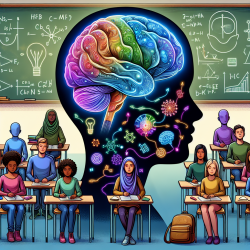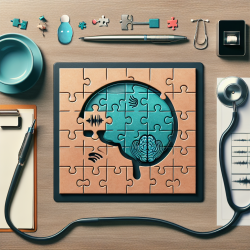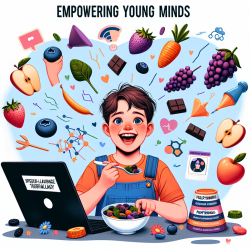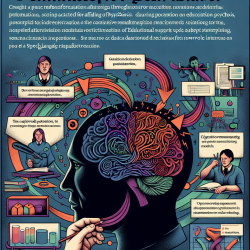Introduction
In the realm of education, decision-making is a critical skill, particularly when students encounter scientific concepts that challenge their pre-existing beliefs. The research article, "Linking neuroscientific research on decision making to the educational context of novice students assigned to a multiple-choice scientific task involving common misconceptions about electrical circuits," provides valuable insights into how educators can enhance their teaching strategies by understanding the brain mechanisms involved in decision-making under uncertainty.
Understanding the Research
The study utilized functional magnetic resonance imaging (fMRI) to examine the brain activity of novice students as they tackled multiple-choice questions about electrical circuits, a topic often fraught with misconceptions. The research identified specific brain areas activated during moments of uncertainty and certainty, offering a window into the cognitive processes at play.
Key Findings
- Uncertainty Activation: When students were uncertain, there was significant activation in brain areas such as the anterior cingulate cortex, anterior insula cortex, and superior/dorsomedial frontal cortex. These areas are typically associated with conflict detection and decision-making under uncertainty.
- Certainty Activation: Certainty in responses correlated with activations in the occipital and parietal regions, which are involved in visuospatial processing. This suggests that visual attention resources are more mobilized when students are confident in their answers.
Implications for Educators
Understanding these brain-based mechanisms can help educators design more effective teaching strategies. Here are some practical applications:
- Encourage Visual Learning: Since certainty is linked with visuospatial processing, incorporating visual aids and hands-on activities can help solidify students' understanding of scientific concepts.
- Address Misconceptions Directly: Recognize that misconceptions are deeply rooted and require targeted interventions. Use diagnostic assessments to identify these misconceptions and tailor instruction accordingly.
- Foster a Safe Learning Environment: Encourage students to express uncertainty without fear of negative consequences. This can promote a more open dialogue and a willingness to explore and correct misconceptions.
Encouraging Further Research
While this study provides valuable insights, it also highlights the need for further research into the educational applications of neuroscience. Educators and researchers are encouraged to explore how these findings can be integrated into curriculum design and teaching practices to enhance student learning outcomes.
To read the original research paper, please follow this link: Linking neuroscientific research on decision making to the educational context of novice students assigned to a multiple-choice scientific task involving common misconceptions about electrical circuits.










